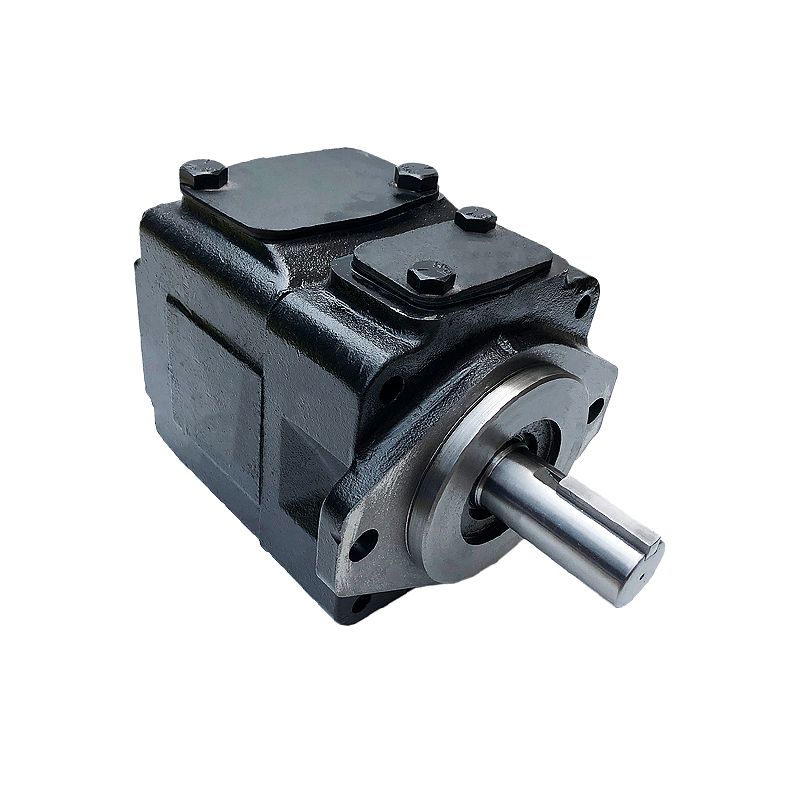In the work of hydraulic equipment, what is the principle of the vane pump?
In the hydraulic transmission system:
The energy device provides energy for the entire hydraulic system, just as the human heart transports blood to various parts of the human body, and plays an extremely important role. The hydraulic pump is an energy conversion device that converts the mechanical energy output by the prime mover (electric motor or other power device) into the pressure energy of the liquid. It provides hydraulic oil with a certain flow and pressure to the hydraulic system to meet the needs of the actuator to drive the external load.
At present, the hydraulic pumps used in the hydraulic system mainly include gear pumps, vane pumps, piston pumps, and screw pumps. The first three pumps are the most versatile. The following editor mainly takes the vane pump as an example to explain.

01 Working principle
The working principle of the hydraulic vane pump. It is mainly composed of oil pressure rotor, stator, vane and end cover. Notable with double acting vane pumps. The inner surface of the stator of the vane pump is a circle, there is a certain eccentric distance between the stator and the rotor, and only one oil suction window and one oil pressure window are opened on the oil distribution plate at both ends. The blades are installed in the rotor slots and can slide in the slots. When the rotor rotates, due to the action of centrifugal force, the blades are close to the inner wall of the stator, so that several sealed working spaces are formed between the stator, rotor, blades and the oil distribution plates on both sides. The blades on the right are gradually stretched out, and the working space between the blades is gradually enlarged, and the oil is sucked from the oil suction port, which is the suction chamber. The left vane is gradually pressed into the groove by the inner wall of the stator, the working space is gradually reduced, and the oil is pressed out from the oil pressure port, which is the oil pressure chamber. Between the oil suction chamber and the oil pressure chamber, there is an oil sealing area, which separates the oil suction chamber from the pressure chamber. This vane pump completes oil suction and oil pressure in each working space when the rotor rotates one revolution, so It is called a vane pump. The rotor is constantly rotating, and the pump is constantly sucking and discharging oil.
02 Structural features
The hydraulic pump of the hydraulic press is a power component that provides oil with a certain flow and pressure to the hydraulic system. It is an indispensable core component of every hydraulic system. Reasonable selection of hydraulic pumps can reduce the energy consumption of the hydraulic system, improve the efficiency of the system, and reduce noise. , Improving work performance and ensuring the reliability of system work are very important.
(1) In order to adjust the output flow of the pump, the position of the stator needs to be moved to change the eccentricity.
(2) The radial hydraulic pressure is unbalanced, which limits the increase of working pressure. The rated pressure generally does not exceed 7Ma, and the maximum working pressure is 10.5Ma.
(3) Due to the eccentric arrangement of the two cylindrical surfaces of the stator and the rotor, when the adjacent two blades work in the oil sealing area between the oil suction and oil pressure windows at the same time, oil will be trapped in the closed volume. In order to eliminate the harm caused by trapped oil, a triangular unloading groove is usually opened on the edge of the oil discharge window of the valve plate.
